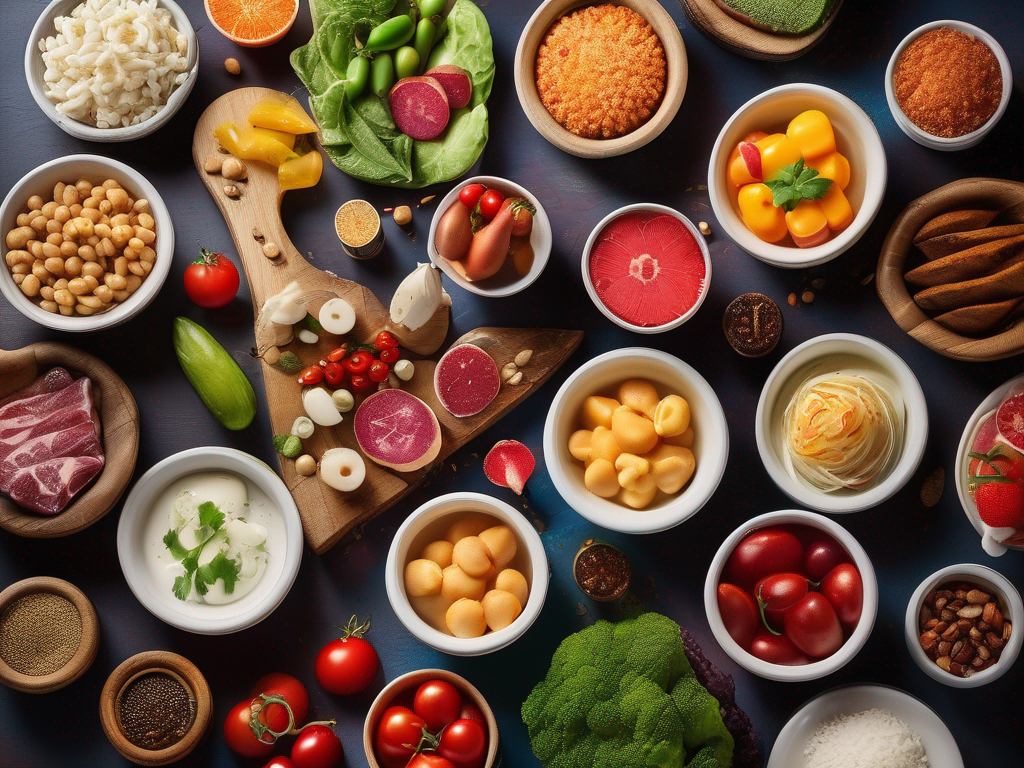
How to Tell if Commercially Bottled or Canned Gravy Chicken Has Gone Bad
Get Your Free Food Safety Cheat Sheet
30 most common foods with instant answers. Print it and stick it on your fridge—completely free!
How to Tell if Commercially Bottled or Canned Gravy Chicken Has Gone Bad
Are you wondering if that unopened bottle or can of gravy chicken in your pantry is still safe to eat? Food safety is paramount when it comes to consuming any food product, especially those that have been stored for an extended period. In this blog post, we will explore the signs that indicate commercially bottled or canned gravy chicken has gone bad and should not be consumed.
Understanding the Shelf Life of Commercially Bottled or Canned Gravy Chicken
Commercially bottled or canned gravy chicken typically has a long shelf life due to the preservation methods used during the packaging process. However, like any other food product, gravy chicken can still go bad if not stored properly or if it exceeds its expiration date.
Factors that Impact the Shelf Life of Gravy Chicken
-
Storage Conditions: Proper storage is crucial for maintaining the quality and safety of gravy chicken. Store canned or bottled gravy chicken in a cool, dry place away from direct sunlight and sources of heat.
-
Expiration Date: Always check the expiration date on the packaging before consuming gravy chicken. Consuming expired products can pose health risks.
Signs that Commercially Bottled or Canned Gravy Chicken Has Gone Bad
When it comes to determining if commercially bottled or canned gravy chicken has gone bad, there are several key indicators to look out for. Here are some signs that your gravy chicken may be unsafe to eat:
Visual Signs
-
Mold Growth: If you notice any signs of mold on the surface of the gravy chicken or inside the container, it is a clear indication that the product has spoiled.
-
Rusty or Damaged Cans: Inspect canned gravy chicken for any signs of rust, dents, or leaks. Damaged cans can compromise the safety and quality of the product.
Smell and Texture
-
Off Odor: A foul or sour smell emanating from the gravy chicken is a strong indication that it has gone bad.
-
Unusual Texture: If the gravy chicken appears slimy, discolored, or has an unusual texture, it is best to discard it.
Taste
- Off Flavor: If the gravy chicken tastes rancid, sour, or off, it is a clear sign that it has deteriorated and should not be consumed.
Tips for Properly Storing Commercially Bottled or Canned Gravy Chicken
To ensure the longevity and safety of commercially bottled or canned gravy chicken, follow these storage tips:
-
Store in a Cool Place: Keep gravy chicken in a cool, dry pantry or cupboard away from heat and sunlight.
-
Check Expiration Dates: Regularly check the expiration dates on canned or bottled gravy chicken and consume them before they expire.
-
Refrigerate After Opening: Once you open a can or bottle of gravy chicken, transfer any leftovers to an airtight container and store them in the refrigerator.
Conclusion
In conclusion, it is essential to be vigilant when it comes to food safety, especially with commercially bottled or canned products like gravy chicken. By understanding the signs that indicate spoilage and following proper storage practices, you can ensure that the food you consume is safe and of high quality. When in doubt, it is always best to err on the side of caution and discard any gravy chicken that shows signs of spoilage. Stay informed, stay safe, and enjoy your meals without worry about food safety concerns.
Authoritative Food Safety References
These agencies and university labs inform every tip and health precaution we publish.
USDA FoodKeeper – Cold Storage Guidelines
Official refrigerator, freezer, and pantry timelines maintained by the U.S. Department of Agriculture.
Visit USDA FoodKeeperFDA Produce Safety Rule & Grower Guidance
Field-to-fridge handling practices that prevent contamination of fruits, vegetables, and leafy greens.
Visit FDA Produce SafetyCDC Foodborne Illness Prevention Hub
Surveillance-backed guidance on pathogens, symptoms, and steps to reduce foodborne illness risk.
Visit CDC Food SafetyUC Davis Postharvest Technology Center
University research detailing optimal storage atmospheres for produce after harvest.
Visit UC Davis PostharvestPenn State Extension – Home Food Preservation & Safety
Peer-reviewed extension bulletins on safe canning, chilling, and reheating practices.
Visit Penn State ExtensionGet Your Free Food Safety Cheat Sheet
30 most common foods with instant answers. Print it and stick it on your fridge—completely free! Want more? Upgrade to the complete guide with 70+ foods.
Scan your food directly and get instant safety info using our AI-powered camera feature.